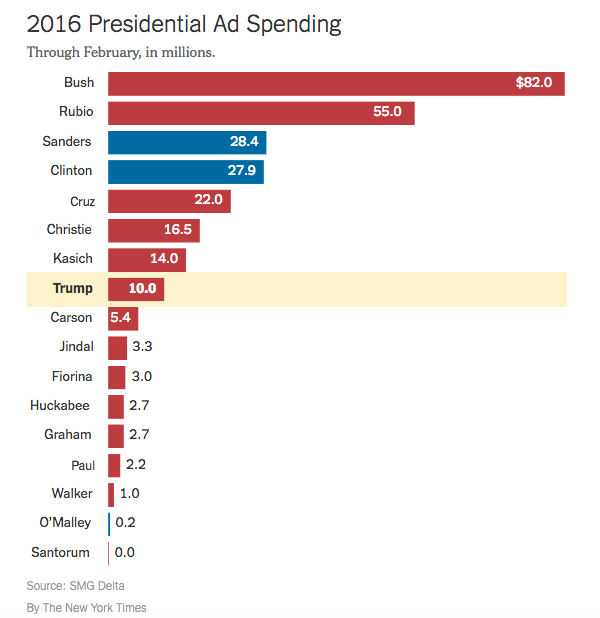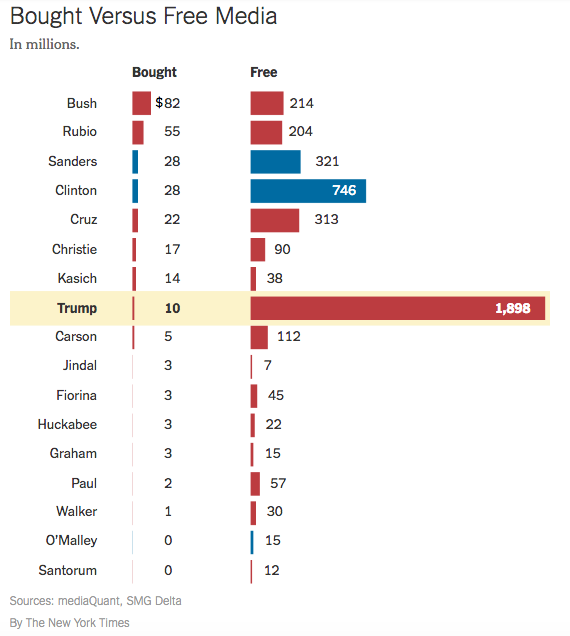By Mia Hays, Account Executive
Who was the wife of the 18th president? Don’t know? Google it.
How often each day do we just google the answer for a nagging question? Nineteen years ago yesterday, two Stanford college students created Google in their dorm room. With the goal to organize the seemingly infinite information on the World Wide Web, creators Larry Page and Sergey Brin revolutionized the way the world accesses material.
Initially attracting the attention in academic circles, Google is now used by millions of people everyday. Want a phone number or email of the editor of the city’s most influential newspaper? There’s no more need to rifle through the Yellow Pages or call the office and ask around in hopes of coming across a friendly receptionist. Instead, we Google it. Moreover, if you need to know demographic of an area of a client’s business, there is no need to conduct your own field research before beginning your media campaign. Simply Google it.
Google’s influence in the media is undeniable. Each year Google has taken in more advertising dollars than American print media. This may be due to its discarding of stories from rival search engines and prioritizing its own material and paying customers. It may also be because almost 75 percent of the world uses it Google. Richard Gingas, Google director of News and Social Projects, depicted Google as a method “to connect the dots between a consumer’s interests and informational needs and the most relevant available knowledge from the best possible sources.” (1). All we as consumers need is a keyword in mind and Google does the rest, compiling all the most relevant and important sources for us.
So, how can we freely attract publicity using Google? When it comes to social media, Google rather surprisingly states that it does not take into account a profile’s importance or influence. However, if you include links to a credible source in your posts, the links will then boost your search ranking within Google. In addition, when frequently searching brand names or companies, social media profiles are among the top results. Therefore, make yourself available on every social media platform you can properly and professionally maintain. Ensure that each profile is clean as it may very possibly be one of your respective client’s first impressions. Making an accurate profile description of your product or person, including keywords that people would use to search for you, is also crucial. Be sure to update your profile as well every few months, keeping it current. Google creates an opportunity for news and information to gain an amount of publicity that did not previously exist, so take advantage of it!
Thank you, Google, and happy 19th birthday!
(1) Jordan, Brooke. "Google's Impact on Journalism." UFSocial , 26 Oct. 2016. Accessed 27 Sept. 2017.
(2) Ratcliff, Christopher. "What are the top 10 most popular search engines?." Search Engine Watch, 8 Aug. 2016. Accessed 27 Sept. 2017.






























